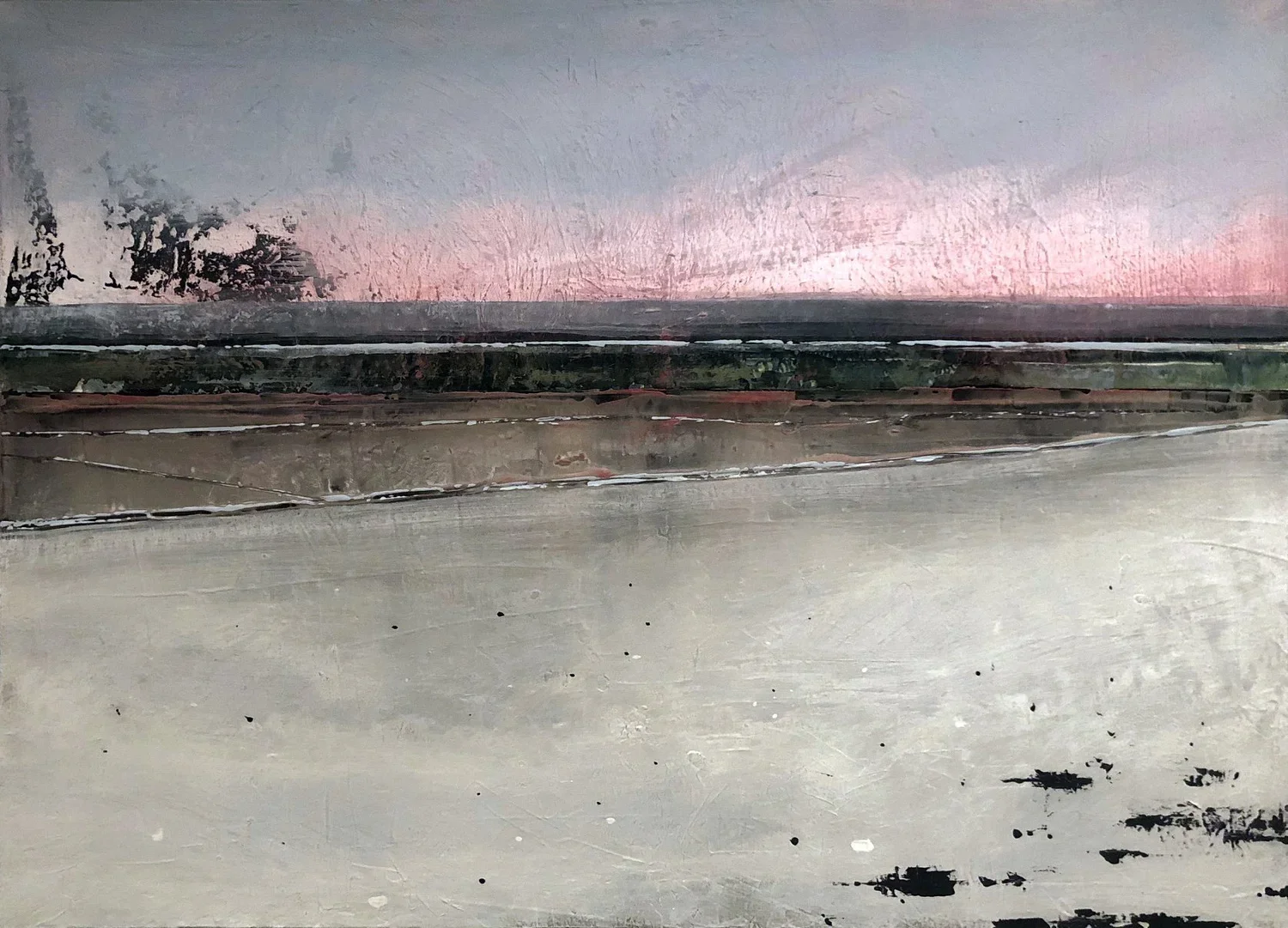The Double-Edged Freedom of Abstract Expressionism
Abstract Expressionism (Ab Ex) has always struck me as a turning point—one of those rare, seismic shifts when art itself seems to wake from a long sleep. Though it emerged from a time of post-war devastation and uncertainty, this movement opened the door to a kind of freedom that would ripple through every form of modern abstract art to follow.
After the Second World War, artists sought something beyond representation—something truer than what could be captured with imitation of life. In the silence after chaos, artists like Mark Rothko, Jackson Pollock, Joan Mitchell, and Willem de Kooning turned inward, making their canvases both battlefield and refuge; it is from this introspection that abstraction was truly born. What these masters uncovered was not beauty in the traditional sense, but raw existence—the pulse beneath thought.
Everything that followed the Ab Ex movement really speaks to me—even if it’s not abstract in nature. I feel like the Ab Ex movement was a big awakening moment for art because it freed up the artist to think more vastly, more broadly - to unlock that abstract corner of the mind.
Although Ab Ex was born from pain, loss, and the horrors of war, it also birthed vastness; it the artist’s hand, creativity, and mind. You can trace Ab Ex influence everywhere when you see contemporary abstraction, modern landscapes incorporating abstraction in its composition; and even portraiture that abandons its rigid rules of representation. Ab Ex gave art permission to breathe again, to color outside the lines, and to simply be.
When I paint, that freedom drives my composition planning, mark making, and process. In works like Eastern Drifter or Surge that liberation allows my forms to break apart, reforming, drifting like detritus across the surface of the sea. Even in my nature- and nautical-themed artwork, I attempt to capture not what the ocean looks like, but how it feels: the rhythm, the restlessness, the infinite power and pull. Sensation, imagination, and emotion are stirred when viewed through this lens, and the composition becomes less about place and more about perception. This is depicted in Beach No. 14 where the horizon line might blur or vanish, but the sensation of salt air, motion, color, and sky remain.
Beach No. 14, 20.5×29.5 (in.), acrylic on canvas
As someone rooted in New England art, I find this especially resonant. The coastline here feels perfectly suited to the language of contemporary art that values atmosphere over accuracy and memory over detail, transporting the viewer through senses other than sight. Every brushstroke becomes a key to unlocking sensation–to transport you to the sea in your mind’s eye.
So yes, Abstract Expressionism carries with it the shadow of its time—a post-war cry into the void. But it also carries the light of endless possibility. It is the movement that said: art can be more than what we see; it can be what we feel, sense, think, and remember.
If you’d like to see how these ideas continue to shape my own work, please visit my Studio Collection and my recent Autumn on the Sea series to explore paintings such as Of Ocean and Sky No. 13 and Voyage No. 51—contemporary abstractions inspired by sea, sky, and the vastness they hold.
